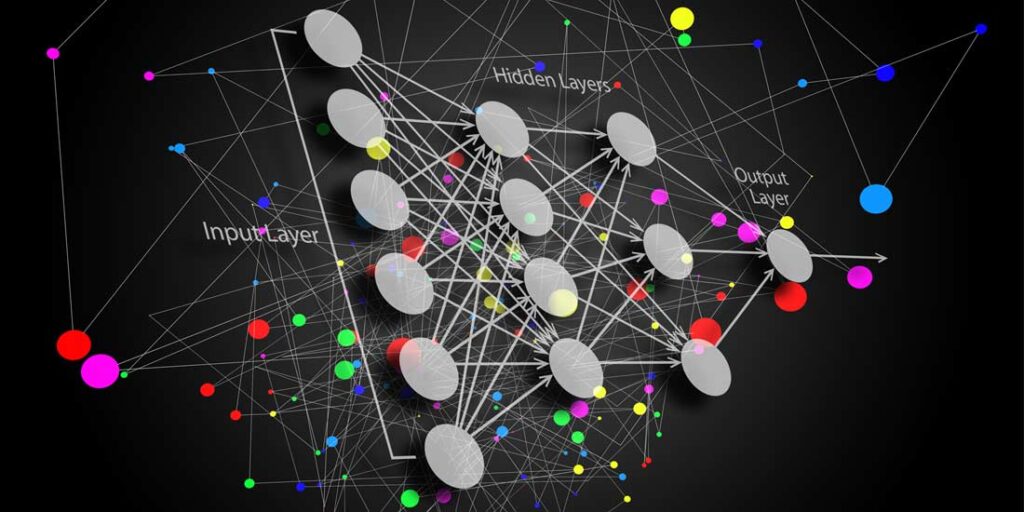With the Right Productization, Stream-Trigger Augmented Generation (STAG) Architectures Will Expand The Business Applications for AI
In my recent work, I’ve explored how AI can evolve from reactive bots, like ChatGPT, which answers user queries, to proactive systems that monitor unstructured data to identify and communicate crucial information.
The meteoric rise of ChatGPT has shaped what businesses expect of AI. Sophisticated bots like ChatGPT are designed to respond to queries from the user; they speak only when spoken to. Many such bots use an architecture known as Retrieval Augmented Generation (RAG for short) in which auxiliary data is accessed and added before querying the AI–allowing the bot to overcome the limitations of its training data but not its inherently reactive nature.
RAG systems represent only part of what AI can do. More businesses are finding that they need AI to do more – to proactively communicate important events – events that need identifying from massive, dynamic, unstructured data streams. Stream-Trigger Augmented Generation, or STAG for short, is the emerging architecture that handles this function. STAG systems monitor data continuously and speak when something needs to be said. As such, they represent one of the most promising applications of AI to real business problems – with immediate relevance in marketing, product, and customer support, just to name a few.
Successfully leveraging STAG systems depends on how they are productized and how well those products can overcome a few critical technical and design hurdles.
Technical Challenges
The modern data landscape overflows with unstructured data, from documents and call notes to social media content, with over 99% remaining unanalyzed. Hidden in these unstructured data streams are the most critical insights for any business: customer interactions. STAG, integrated with advanced LLMs, tackles this by identifying patterns, trends, and actionable insights beyond basic analyses. For STAG to live up to its potential, it must overcome
- Insightful Analysis: STAG must excel in parsing and analyzing vast amounts of unstructured data in real-time. Sophisticated natural language processing and nuanced data context understanding allow the system to autonomously generate queries and uncover actionable insights without direct user prompts, leveraging Generative AI to communicate these insights in a way that’s tailored to the end user.
- Cost-Effective Computational Strategies: Analyzing unstructured data streams demands computational resource optimization to balance effectiveness and efficiency. STAG products must employ budget-friendly and high-end LLMs to ensure continuous, real-time analysis without prohibitive costs.
- Robust Error Management and Reliability: The dynamic nature of unstructured data requires STAG-architected platforms to feature advanced error detection and correction mechanisms. This approach maintains the credibility of proactive insights and fosters trust in AI-driven proactive engagements. None of it works if you can’t trust it.
Consolidated Product Design Challenges
The true power of STAG systems lies in their ability to process and contextualize unstructured data. Traditional alert systems based on structured data often provide limited insights. STAG, by contrast, utilizes its LLM to add context to data trends in relevant terms. That presents another set of design challenges for any STAG product.
- Intuitive and Unobtrusive User Engagement: Products powered by STAG need to deliver proactive insights in a manner that is intuitive and seamlessly integrates into existing workflows, ensuring that users find immediate value without feeling overwhelmed or interrupted. This necessitates a deep understanding of user needs and preferences to tailor insights’ timing, relevance, and presentation.
- Customization and Ethical Considerations: Customizing STAG to meet the unique demands of diverse business environments while ensuring ethical use and bias mitigation is essential. This dual focus on personalization and ethical integrity requires careful design choices to ensure AI interventions are both relevant and responsible.
- Building Trust Through Consistent and Accurate Proactivity: Establishing trust in STAG’s proactive capabilities hinges on consistently delivering accurate, timely, and valuable insights. Trust is cultivated through a system’s ability to demonstrate an understanding of user needs, predict those needs accurately, and engage users with relevant information that enhances decision-making and productivity.
Practical Applications
We find ourselves at an early, crucial stage in the AI R&D lifecycle. Excitement over AI’s potential is dragging it into commercial development well before reliable engineering practices have been established. Architectural patterns like RAG are essential in moving from theoretical models to deployable solutions.
But no architecture is a panacea. Just as businesses must be thoughtful regarding which applications benefit from the application of AI (generally those involved in working with unstructured data and queries!), they must be thoughtful about where to apply reactive vs. proactive data processing strategies. In this context, STAG is an emerging option, opening up new possibilities for triggering valuable work from unstructured data streams.
About the Author

George Davis is the founder and CEO of Frame AI, the leading Generative Activation Platform for enterprise companies. Frame AI synthesizes natural language generated by customers across tools and channels into structured data to solve complex business challenges and drive meaningful personalization. An expert in breakthrough AI architecture STAG (Stream-Trigger Augmented Generation), George holds a Ph.D. from Carnegie Mellon University and has published research in game theory, AI, and multi-agent systems.
Sign up for the free insideBIGDATA newsletter.
Join us on Twitter: https://twitter.com/InsideBigData1
Join us on LinkedIn: https://www.linkedin.com/company/insidebigdata/
Join us on Facebook: https://www.facebook.com/insideBIGDATANOW





Speak Your Mind